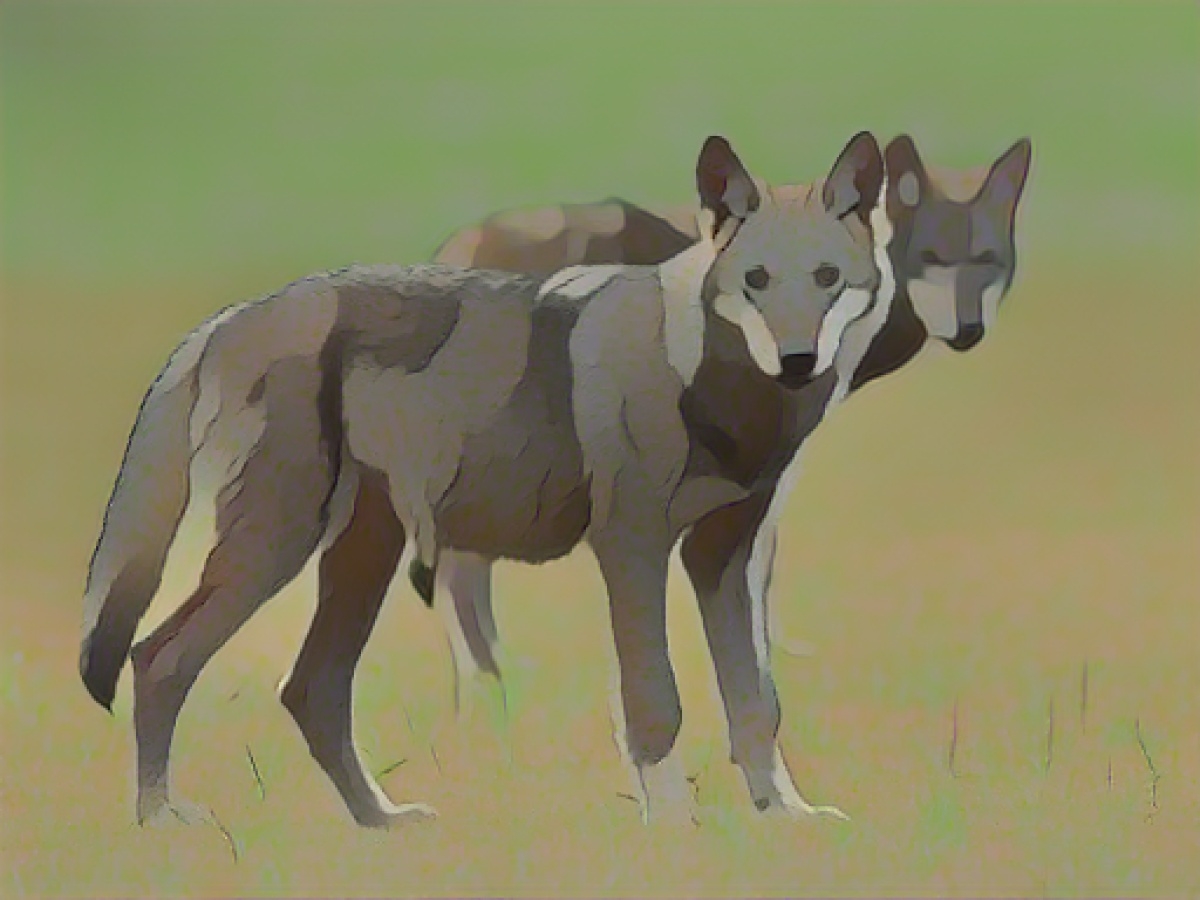Urban Wolf Sightings: Bremen's Encounter with the Wild
In the heart of Bremen, home to charming architecture and vibrant culture, an unexpected guest made an appearance at the end of October. The city's wildlife genetics center confirmed the presence of a male wolf, initially spotted on October 22nd, roaming its streets. The wolf, born in northern Saxony in 2022, had previously been identified in Jasmund National Park on Rügen Island after a bite incident in August.
The sighting has raised concerns among the Bremen State Hunting Association, who expressed worries about wolves becoming more bold and less fearful of humans. According to their spokesperson, the issue becomes dangerous when the wolf is cornered. Earlier reports suggest the wolf had attempted to enter a garden, injuring itself in the process.
Officials from Bremen's environment department also acknowledged the wolf sightings but noted that the urban appearance of a young wolf is common at this time of year. Young wolves often stray from their packs in search of territory or conspecifics.
The association emphasized the need to keep a close eye on wolves, acknowledging their increasing number and the expanded territorial needs of the mature animals. They reiterated that their goal is not to eliminate the wolf population but to achieve a balance between their presence and the size of the available habitat.
While Germany retains responsibility for wolf management, strict protection laws apply to the species, owing to their endangered status. Conflicts between wolves and humans arise due to illicit encroachment into agricultural areas or livestock kills. Calls for population control have since surfaced among numerous politicians.
The appearance of a wolf in urban Bremen underscores the potential for wildlife to impact agricultural activities. Worries about human-animal interactions and conflicts with farming continue to rise, highlighting the need for effective policies and management strategies.
Insight
Wolf encroachment into urban areas is a growing concern in Europe, particularly in Alpine regions. Organizations like the LIFE WolfAlps EU project aim to improve coexistence between wolves and humans, emphasizing the importance of balancing conservation and livestock protection. As wolf populations continue to grow, their interactions with humans and agricultural activities will remain a pressing challenge for wildlife management.
Sources:







